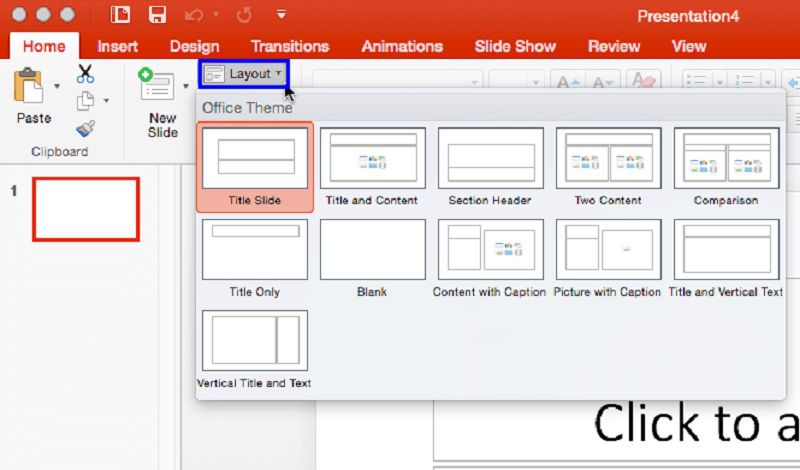


The Clippit and Office Logo assistants were also redesigned. In Office 2000, the Hoverbot, Scribble, and Power Pup assistants were replaced by: In many cases the Office installation CD was necessary to activate a different Office assistant character, so the default character, Clippit, remains widely known compared to other Office Assistants. Will (a caricature of William Shakespeare).The Genius (a caricature of Albert Einstein, removed in Office XP but available as a downloadable add-on).The Dot (a shape-shifting smiley-faced red ball).Would you like help?"Īpart from Clippit, other Office Assistants were also available: For example, typing an address followed by "Dear" would cause the Assistant to appear with the message, " It looks like you're writing a letter. It also presented tips and keyboard shortcuts. It appeared when the program determined the user could be assisted by using Office wizards, searching help, or advising users on using Office features more effectively. įirst introduced in Microsoft Office 97, the Office Assistant was codenamed TFC during development. As people already related to computers directly as they do with humans, the added human-like face emerged as an annoying interloper distracting the user from the primary conversation. Microsoft concluded that if humans reacted to computers the same way they react to other humans, it would be beneficial to include a human-like face in their software. Īccording to Alan Cooper, the "Father of Visual Basic", the concept of Clippit was based on a "tragic misunderstanding" of research conducted at Stanford University, showing that the same part of the brain in use while using a mouse or keyboard was also responsible for emotional reactions while interacting with other human beings and thus is the reason people yell at their computer monitors. The Tweet quickly surpassed 20,000 likes and they then announced to replace it. In July 2021, Microsoft used Twitter to show off a redesign of Clippit (which they called "Clippy" in the Tweet), and said that if it received 20,000 likes they would replace the paperclip emoji on Microsoft 365 with the character. The feature was removed altogether in Office 2007 and Office 2008 for Mac, as it continued to draw criticism even from Microsoft employees.

Microsoft turned off the feature by default in Office XP, acknowledging its unpopularity in an ad campaign spoofing Clippit. The feature drew a strongly negative response from many users. The original Clippit in Office 97 was given a new look in Office 2000.
MAC POWERPOINT FOR MAC MAKE ASSISTANT INSTALL
Clippit was the default and by far the most notable Assistant (partly because in many cases the setup CD was required to install the other assistants), which also led to it being called simply the Microsoft Paperclip. The default assistant in the English version was named Clippit (commonly nicknamed Clippy), after a paperclip.
MAC POWERPOINT FOR MAC MAKE ASSISTANT WINDOWS
It was included in Microsoft Office for Windows (versions 97 to 2003), in Microsoft Publisher and Microsoft Project (versions 98 to 2003), Microsoft FrontPage (versions 20), and Microsoft Office for Mac (versions 98 to 2004). The Office Assistant is a discontinued intelligent user interface for Microsoft Office that assisted users by way of an interactive animated character which interfaced with the Office help content. Clippit is asking if the user needs help. Clippit, the default Office Assistant, as seen in Office 2000 through 2003.


 0 kommentar(er)
0 kommentar(er)
